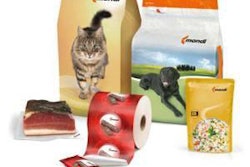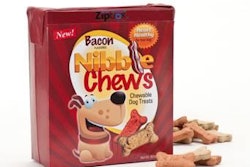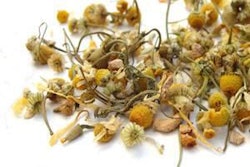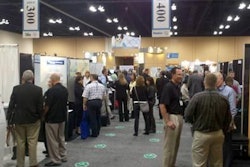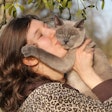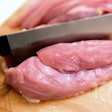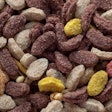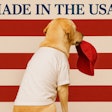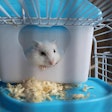The progressive increase in calcium oxalate uroliths reported in cats diagnosed with urolithiasis may partly be due to changes in nutrition. Since cats have a predominant mitochondrial alanine:glyoxylate aminotransferase 1 (AGT1) location, high carbohydrate intake may induce endogenous oxalate synthesis. This hypothesis was tested by feeding 12 adult female cats three diets differing in macronutrients: high protein (HP), high carbohydrate (HC) and high fat (HF).
In addition to plasma, urine was collected quantitatively using modified litter boxes. A pilot study with four cats, conducted to determine the adaptation time of urinary oxalate (Uox) excretion to a dietary change, indicated a mean (±SEM) adaptation time of 5.9 ± 0.7 days, with the urinary oxalate:creatinine (Ox:Cr) ratio increasing from 36.1 ± 3.7 to 81.6 ± 2.3 mmol/mol.
In the main study, plasma oxalate concentration was significantly lower when feeding the HP compared to the HF diet, whereas Uox excretion and the urinary Ox:Cr ratio were unaffected by diet. The Uox concentration was significantly lower when feeding the HP compared to the HC and HF diets.
Changes in macronutrient profile may not influence endogenous Uox excretion in cats, but high dietary protein did reduce Uox concentration and may therefore help lower the risk of calcium oxalate formation.
Source : J.C. Dijckera et al., 2012. Changes in dietary macronutrient profile do not appear to affect endogenous urinary oxalate excretion in healthy adult cats. Vet J online May 2012. doi: 10.1016/j.tvjl.2012.03.029

